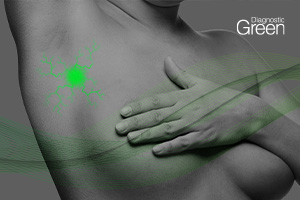To characterize choroidal amyloid angiopathy (CAA) using late-phase indocyanine green angiography (ICGA). This was a multicenter retrospective observational case series on patients with transthyretin (ATTR) and AL amyloidosis who underwent ICGA. The timing of hyperfluorescence and longitudinal changes were analyzed. Thirty-two patients (27 with ATTR and 5 with AL) with mean age of 58.9 ± 17.4 years were included. Hyperfluorescent spots in the very late phases of ICGA, corresponding to CAA, were observed in 49 of 55 eyes (89%). The median time to maximal staining was 672 (95% confidence interval, 644-752) seconds, which was significantly later than the initial staining (503 [95% confidence interval, 447-521], P < 0.0001; Wilcoxon signed rank test). In seven patients with ATTR amyloidosis who underwent follow-up of ICGA, the CAA was stable in two patients and improved in five patients during treatment. However, 3 patients (43%) had worsening vitreous opacities in both eyes, and 4 patients (57%) developed secondary open-angle glaucoma.
Conclusion: Most patients with amyloidosis were found to have CAA on ICGA. Up to 12.5 minutes is required for maximal ICG staining. Choroidal amyloid angiopathy improved in most patients with systemic treatment and may serve as a marker of systemic disease status.




